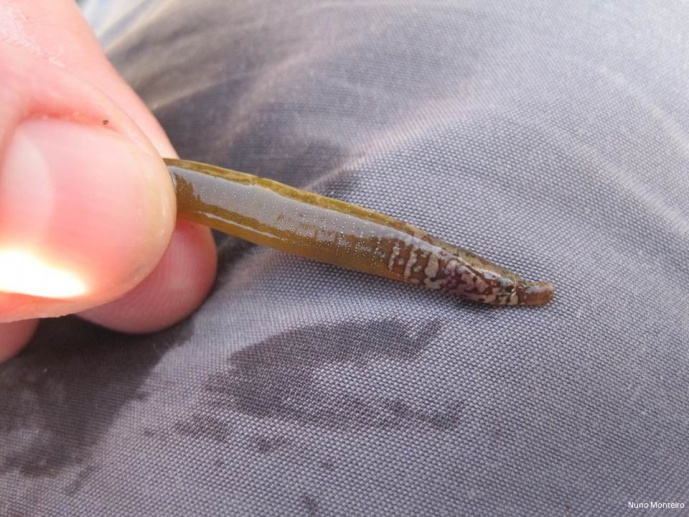SEXUAL SELECTION IN RESPONSE TO CLIMATE CHANGE

In a paper published by the prestigious scientific journal Global Change Biology, an international research team which includes CIBIO-InBIO researchers Nuno Monteiro and Mário Cunha discloses the connection between the variation of water temperature along the European coast and indicators of sexual selection, using a cold-water pipefish as a model. The research team found that the surveyed populations differ in terms of body size, length of the breeding season, fecundity, reproductive investment and sexual dimorphism across a wide latitudinal gradient. The results of this study suggest that the intensity of sexual selection increases towards both edges of the species distribution, and that temperature is likely to play a significant role.
According to Nuno Monteiro, the coordinator of this study, "as latitude and water temperature are tightly coupled across the European coasts, the spatial patterns observed in traits related to sexual selection may help forecast how sexual selection can vary in response to climate change". Overall, this model predicts that, as the worm pipefish moves northward, a decrease in the intensity of selection will replace the strong sexual selection at the northern range margin. In contrast, the southern populations, such as those inhabiting the Portuguese coastline, are expected to continue to experience a rise in sexual selection intensity, which may increase the risk of local extinctions.
To know more about this topic, please follow the link below:
"Estudo relaciona temperatura da água e seleção de parceiros de uma espécie de peixe"| Techitt | January 30, 2017